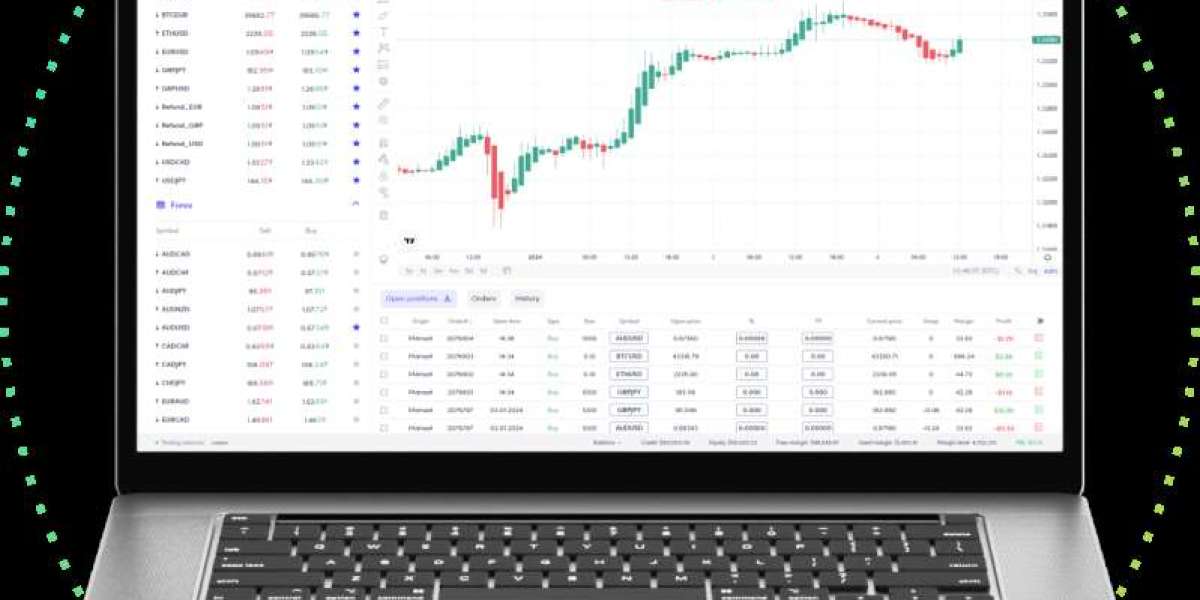Distributed Energy Resource Management (DERM) refers to the systems and platforms used to monitor, control, and optimize distributed energy resources (DERs) such as rooftop solar panels, battery storage systems, electric vehicles (EVs), microgrids, and small-scale wind turbines. As the global power sector shifts from centralized generation to a decentralized and decarbonized model, DERM solutions are emerging as essential for maintaining grid stability and ensuring efficient energy use.
The rising integration of DERs into the grid introduces operational complexity due to their intermittent nature and bidirectional power flows. DERM platforms enable utilities, grid operators, and energy service providers to balance supply and demand, forecast generation, manage load, and ensure voltage and frequency stability across distributed networks.
Key market drivers for DERM include the accelerating adoption of renewable energy sources, the electrification of transport, and growing energy demand in urban and rural areas. Governments and regulators are supporting the deployment of DERs and smart grid technologies through favorable policies, incentive programs, and grid modernization initiatives.
Technologically, modern DERM systems leverage artificial intelligence (AI), machine learning, cloud computing, and Internet of Things (IoT) sensors to gather real-time data, predict consumption patterns, and automate energy dispatch. They can also coordinate between multiple DERs across residential, commercial, and industrial users to participate in demand response programs and ancillary services markets.
DERM platforms are critical in managing virtual power plants (VPPs), where aggregated DERs behave as a single, dispatchable energy resource. This allows utilities to optimize grid operations, avoid infrastructure overloading, and reduce reliance on fossil fuel peaking plants.
Regionally, North America and Europe are at the forefront of DERM adoption due to early investments in smart grids, high DER penetration, and regulatory mandates for grid flexibility. Meanwhile, the Asia-Pacific region, led by China, Japan, South Korea, and Australia, is quickly catching up, driven by rapid urbanization, electrification efforts, and clean energy policies.
In conclusion, Distributed Energy Resource Management is becoming the backbone of the modern power ecosystem. As energy systems grow increasingly complex and decentralized, DERM solutions will play a vital role in optimizing distributed assets, improving energy efficiency, and enabling a smarter, more resilient grid.



